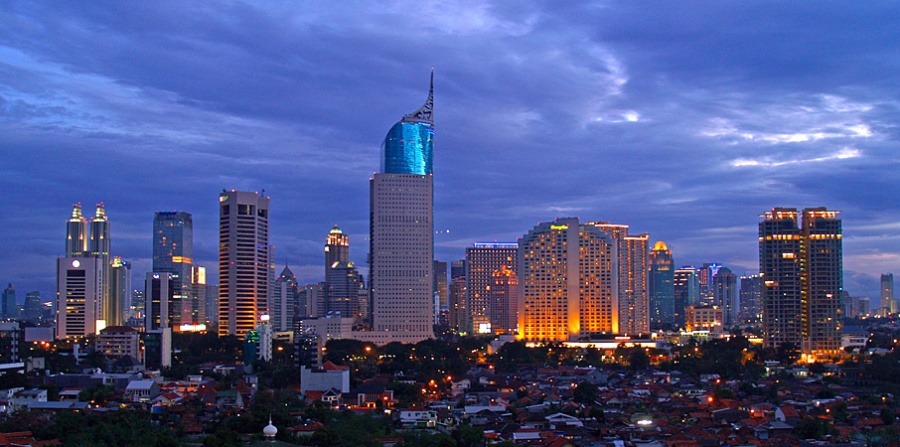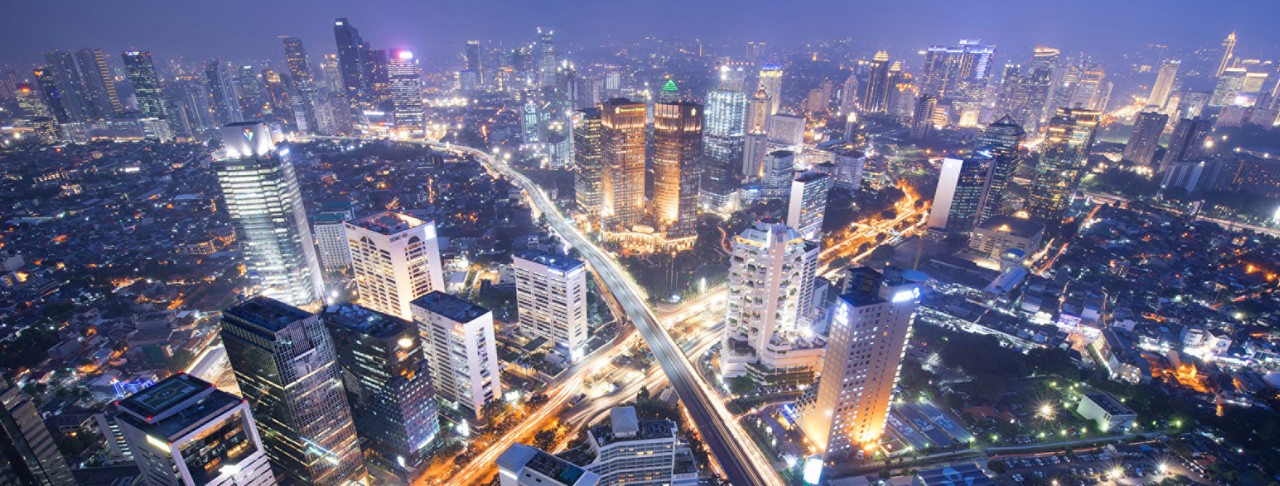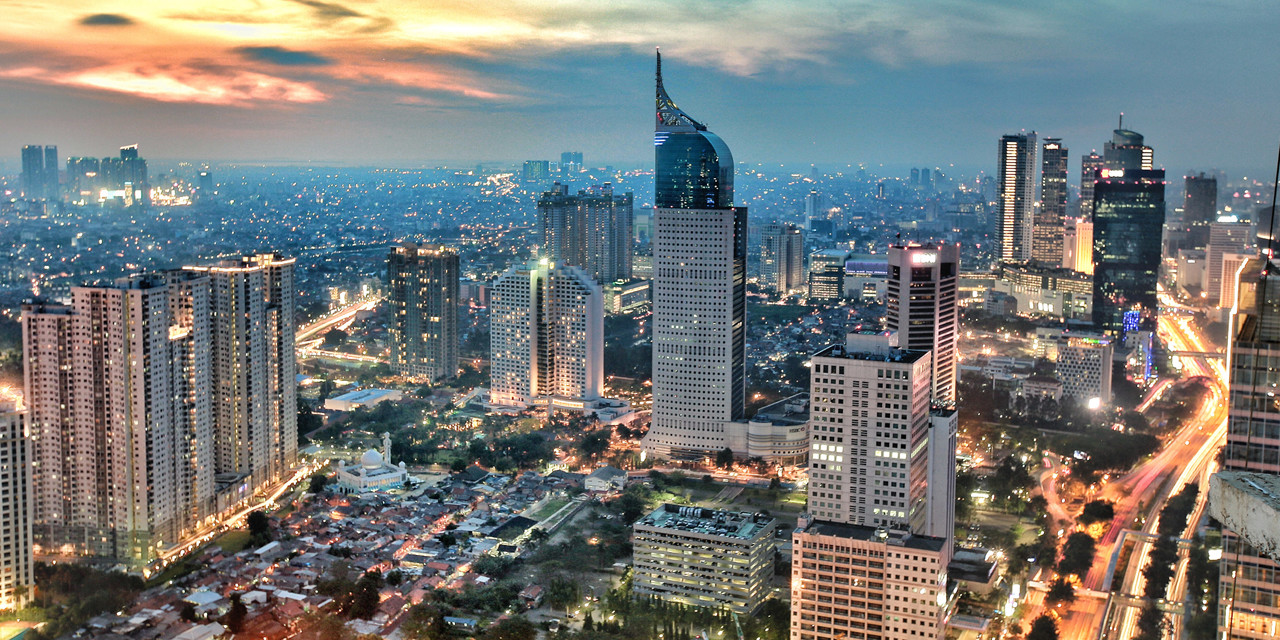The Retail Sector: The Market of Fashion, Luxury and Premium-Class Goods: Indonesia
As the fourth most populous country in the world, supported by good political and economic stability, Indonesia’s large domestic market offers a wide range of investment opportunities for foreign and domestic investors.

With a target economic growth of more than 6% for the coming years, there is a growing emphasis for the government of Indonesia on attracting more foreign investment in order for the overall investment to reach the projected levels of Indonesian Rupiah (IDR) 2,000 trillion, or approximately US$222 billion, by 2014.
Indonesia’s retail sector has been growing at a rapid pace since 2005 in line with the growth of the middle class. After sluggish growth of 5% in 2009, 2010 saw sector growth of 12% with 15–20% in 2011. Indonesia’s retail sector continued to record a steady, albeit slower growth throughout 2015 until the first semester of 2016 when the slowdown in global demand began to hit consumer confidence. According to the Indonesian Retailers Association (Aprindo), the country’s retail sector in 2015 only grew by 8% — 9% compared to double digit figures recorded in previous years. The global and national economic slowdown has caused people’s purchasing power and household consumption, that accounts for 54% of the country’s total GDP, to decline and impact retail revenue.
The optimism about the future of the Indonesian retail sector was also apparent in the 2016 Global Retail Development Index (GRDI) published by global consultancy firm, A.T. Kearney, which placed Indonesia in fifth position, below China, India, Malaysia, and Kazakhstan, with a score of 55.6 and sales of $324 billion USD. This demonstrated a significant increase from Indonesia’s ranking of 12th in the GRDI survey in 2015.
The GRDI survey illustrates that Indonesia is still considered a potential retail market despite short-term headwinds. The country’s expanding middle-class and youthful demographics comprising of 170 million people or 70% of its total population are key factors as to why modern retailers remain firmly fond of Indonesia. Both segments have high purchasing power and high consumption rhythms which drive retail sales. This highly desirable feature of the Indonesian consumer was demonstrated within a survey by Euromonitor in 2013 which showed that 56% of Indonesians considered maintaining their lifestyle very important.
A recent study by CLSA and Julius Baer Bank reveals that the number of high net worth individuals (HNWI) will triple in Indonesia to nearly 100000, the fastest rise in Asia and internationally, trailed by China and India. One of the important factors behind this growth is the appreciation of the Rupiah. However, many analysists reckon the number of HNWI is at least 20% higher, considering many Indonesians’ offshore deposits.
Indonesia will become the largest luxury market in Southeast Asia over the next few years, Ravi Thakran, LVMH’s head for South Asia, South East Asia & Middle East told: “I really see a new ‘I’ emerging in BRICS. Going forward, we believe the Indonesian market will be one of the big surprises,” said Thakran, who added that the country remains an under-penetrated market for high-end goods”. He also added “When you look at jewelery or watches, Asians are buying the highest priced segment and the most sophisticated of the products.”

There are three major challenges hindering development of the Indonesian luxury market:
– the lack of confidence in the market by most international luxury brands, especially fashion and accessories
– the poor infrastructure in the capital city of Jakarta
– the absence of luxury retail real estate developments in the major cities outside Jakarta
Like in many other emerging markets, the big question remains — why so many international luxury brands still prefer franchising operations in a market with the size and potential of Indonesia. What would direct operations bring? — it would definitely improve customer service, merchandising and logistics, a larger selection of goods, a more optimized buying and availability of limited editions, extensive market research and improve direct marketing.
The crucial upper middle class which buying power has been increasing exponentially is basically ignored, with no marketing efforts made to reach out to these consumers, some aspirational but certainly a very important long-term potential loyal consumer base. One of the other shortcomings of marketing in Indonesia of luxury brands is the lack of interaction with other luxury sectors.
https://theluxauthority.com/indonesian-luxury-market/
Gloomy predictions for sales trends in 2017 send cold shivers throughout the Indonesian luxury market. This comes in spite of a one-year-old revoked luxury goods sales tax aimed at attracting the purchasing power of the Indonesian luxury consumer.
The Ministry of Finance eliminated several taxes in 2015 to help boost value growth on the Indonesian luxury market. However, the positive impact everyone was holding their breath for failed to deliver to those high expectations.
According to a recently-released report by FT Confidential Research, a market research service from the Financial Times, the drought will continue on the Indonesian luxury market.
FT Confidential Research report into the Indonesian Luxury Market shows that a slow rupiah and a weak trend in discretionary spending caused by slower gross domestic product growth will continue to drag on sales.
Sustaining the slower pace of spending trends going back to 2013, the luxury industry seems to turn retro. Back then, Indonesia had been highly impacted by the US Fed’s decision to end its $85 billion bond-buying quantitative easing program. That put a lot of pressure on the rupiah, with sales dropping to a historic low of 13.6 percent in what was called the Indonesian taper-tantrum.
In the present circumstances, luxury brands will be expected to take the hardest hit.
Crunching down data such as government records on revenue, Household Income, Future Consumer Borrowing, and Discretionary Spending indices, the report draws to one conclusion. The Indonesian luxury market has been registering record lows in the second quarter of 2016.
Luxury brands target their marketing efforts at the Indonesian urban consumer. However, consumer sentiment index, the psychological underpinning of spending trends, has fared worse this year compared to 2015.

According to FTCR, the Discretionary Spending Index fell from an optimistic peak of 85.3 in 2015 by almost ten percent in the second quarter of 2016.
In the end, despite the ups-and-downs of the rupiah and a consumer sentiment presently bordering on the negative, the Indonesian luxury market continues to attract the big names of the industry on this Southeast Asian nation made up of thousands of little islands.